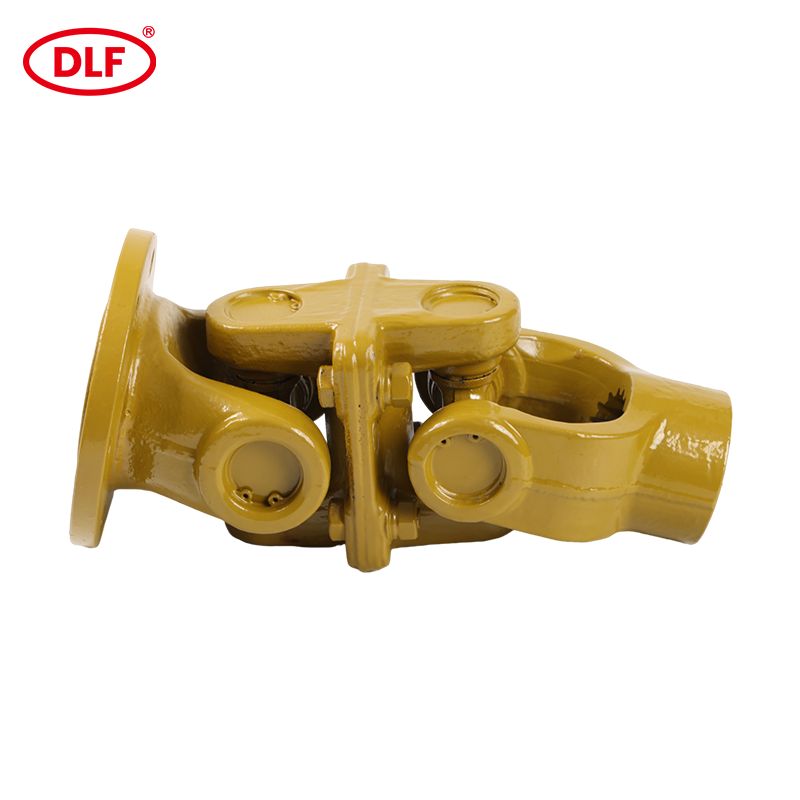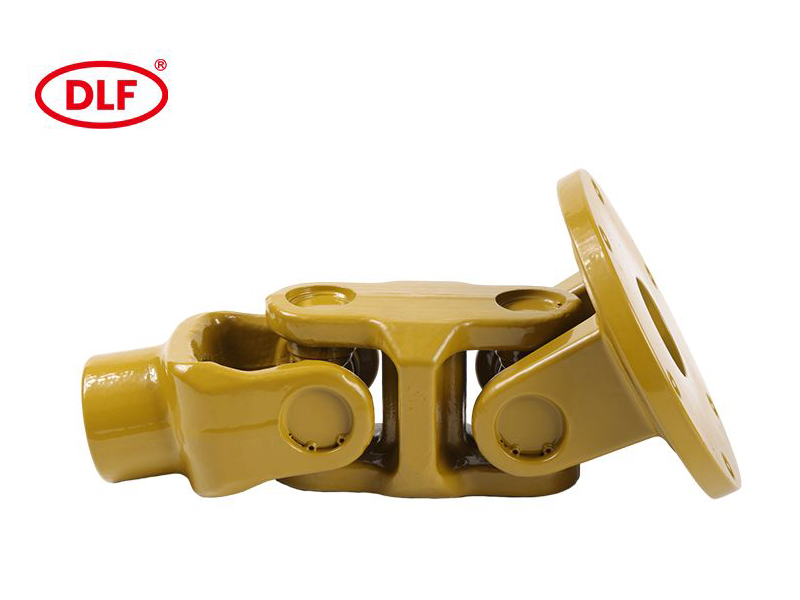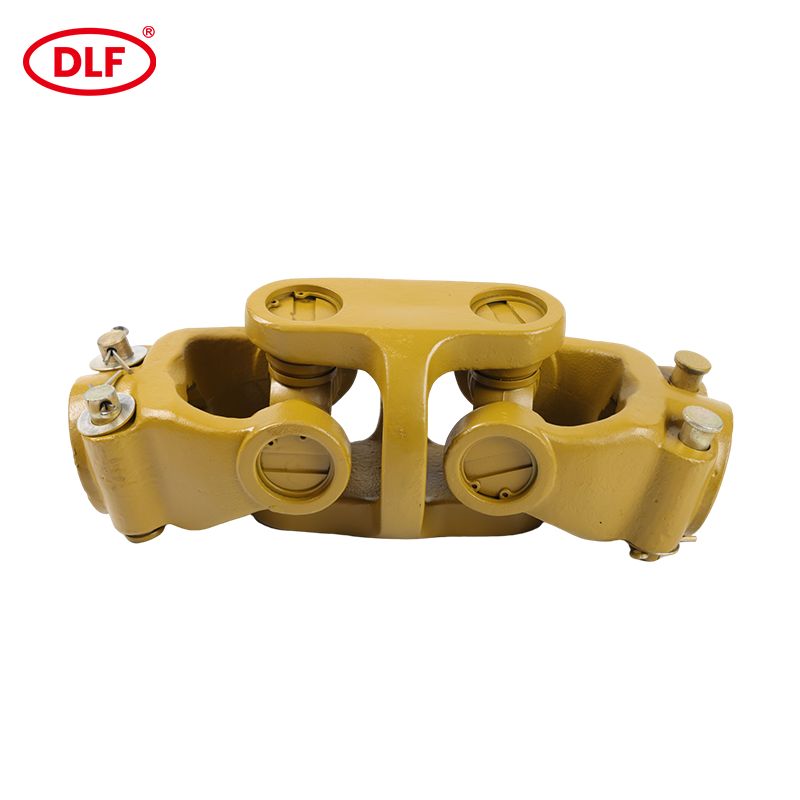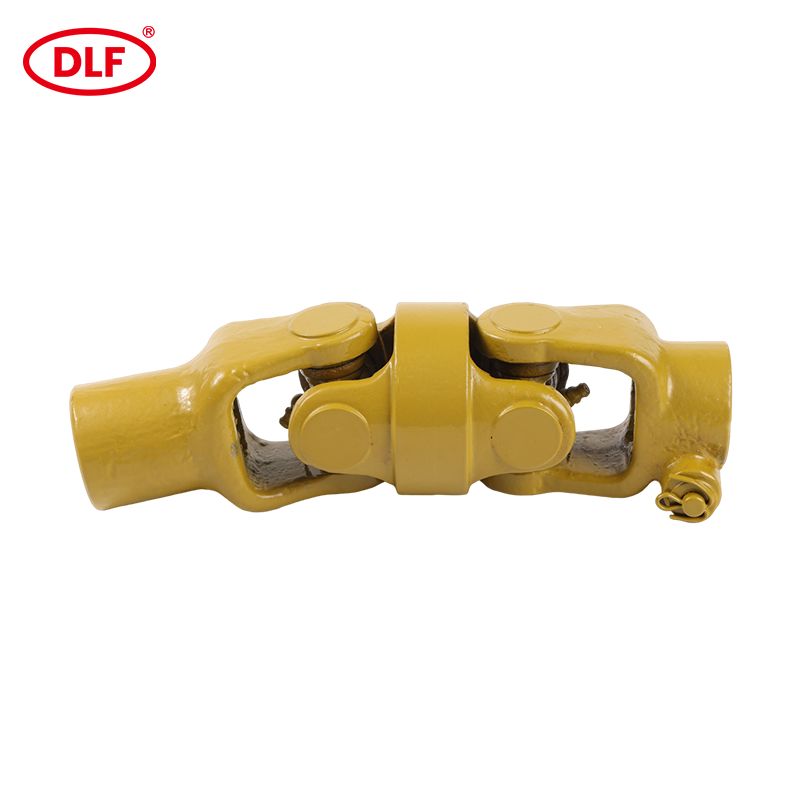Double Coupling: Enhance Connection Efficiency for Your Products
Product Features
In the field of mechanical engineering, couplings play a vital role in the transmission of power between two shafts. One such coupling, called a double coupling, is popular due to its unique characteristics. Double couplings are specifically designed to provide excellent flexibility and reliable power transmission in a variety of applications. In this article, we will delve into the unique characteristics of dual coupling and explore its advantages and applications.
1. Flexibility: One of the key features of a double coupling is its exceptional flexibility. It allows for angular, axial and parallel misalignment between connecting shafts, thereby mitigating stress and the risk of premature failure. This flexibility ensures smooth transmission of power, reduces vibration and improves the overall performance of the system.
2. High Torque Capability: Double couplings are designed to transmit high torque levels, making them suitable for demanding applications. They can withstand heavy loads and handle sudden changes in torque without affecting their efficiency. This feature is especially beneficial for heavy machinery and industrial equipment that require reliable, robust power transmission.
3. Torsional stiffness: Double couplings have excellent torsional stiffness, which is crucial to maintaining precise synchronization between connected shafts. This feature prevents torsional vibration and rotational inconsistencies, resulting in smooth, accurate power transfer. By eliminating torsional vibrations, double couplings ensure the longevity of the system and minimize the risk of damage.


4. Compact design: The compact design of the double coupling makes it suitable for applications with limited space. They have a small footprint and can be easily installed in tight areas, providing convenience to various industries. Additionally, its lightweight construction helps improve the overall efficiency of the system and reduces unnecessary loads on the shafts.
5. Easy to maintain: Another feature of the double coupling is that it is easy to maintain. They are designed for quick, straightforward inspection, lubrication and replacement. This ease of maintenance reduces downtime and ensures smooth operation of the machine. With simple maintenance procedures, double couplings become a cost-effective solution for industries that value efficiency and productivity.
The unique characteristics of double couplings make them ideally suited for a wide range of applications. They are commonly used in marine propulsion systems, power plants, steel mills and heavy industrial machinery. In marine applications, double couplings are preferred because of their ability to absorb shock and vibration caused by rough sea conditions. In power plants, they ensure reliable power transmission between generators and turbines, ensuring uninterrupted energy production. The strong construction of double couplings also makes them indispensable in heavy machinery such as crushers, mixers and conveyors, where durability and precision are crucial.
All in all, double couplings offer several properties that make them the first choice in mechanical engineering. Their flexibility, high torque capability, torsional stiffness, compact design and ease of maintenance set them apart from other coupling options. Double couplings are capable of handling misalignment, transmitting high torques and minimizing vibrations, making them a reliable and efficient solution for a variety of applications. As the industry continues to develop and the requirements for machinery become higher and higher, double couplings will undoubtedly remain a key component in power transmission systems.
Product Application

Double couplings, also known as multiple couplings or double couplings, are a technology used in a variety of mechanical systems to increase efficiency and performance. It involves connecting two or more components together to allow simultaneous transmission of power.
The concept of dual coupling can be applied to different industries, including automotive, manufacturing and agriculture. By leveraging this technology, engineers aim to achieve smoother power transfer, reduce vibration and improve overall system performance. Let’s explore the benefits and applications of dual coupling in more detail.
One of the main advantages of dual coupling is the ability to efficiently distribute power from a single source to multiple loads. This is particularly useful in situations where a single component cannot handle the entire load or where balanced load distribution is required. By using multiple couplers, power can be distributed, ensuring each component receives the appropriate amount of power. This increases efficiency and prevents overloading, ultimately extending the life of the system.
In addition to power distribution, double couplings effectively reduce vibration and minimize losses due to misalignment. Vibration can have a detrimental effect on mechanical systems, causing premature wear. By joining two or more components together, vibrations can be dampened, resulting in smoother operation and reduced maintenance requirements.
Additionally, double couplings allow for easier maintenance and repairs. By coupling components together, they can be easily disconnected and repaired individually without affecting the entire system. This not only saves time but also minimizes downtime in the event of component failure, ultimately increasing productivity.
Double couplings are widely used in different industries. In the automotive sector, double couplings are commonly used in transmission systems to transmit power from the engine to the wheels. By connecting the engine to the drivetrain and further coupling it to the wheels, power can be efficiently distributed, ensuring smooth acceleration and improving fuel efficiency.

In manufacturing, double couplings find their place in conveyor systems. For example, multiple motors can be connected together to drive a single conveyor belt, facilitating large-scale material handling operations. This enables optimal power distribution, prevents bottlenecks and ensures a continuous flow of goods.
In agricultural settings, double couplings are often used in machinery such as combine harvesters. By connecting the engine to multiple components, such as the thresher and auger, power can be shared between them, increasing overall harvesting efficiency. This not only saves time but also reduces fuel consumption, making the operation more cost-effective.
It is important to note that the implementation of dual coupling requires careful design and engineering. Factors such as load distribution, alignment and coupling selection should be thoroughly considered to maximize benefits. Additionally, routine maintenance and inspections are essential to identify any problems that may arise, ensuring that the system continues to operate optimally.
In summary, double coupling is a technology used in various mechanical systems to improve efficiency and performance. By connecting two or more components together, power can be distributed efficiently, vibrations can be reduced, and maintenance can be performed more easily. Dual couplings are used in a variety of industries, from automotive to manufacturing and agriculture. If implemented correctly, double couplings can significantly improve the performance and service life of mechanical systems, ultimately increasing productivity and cost savings.















